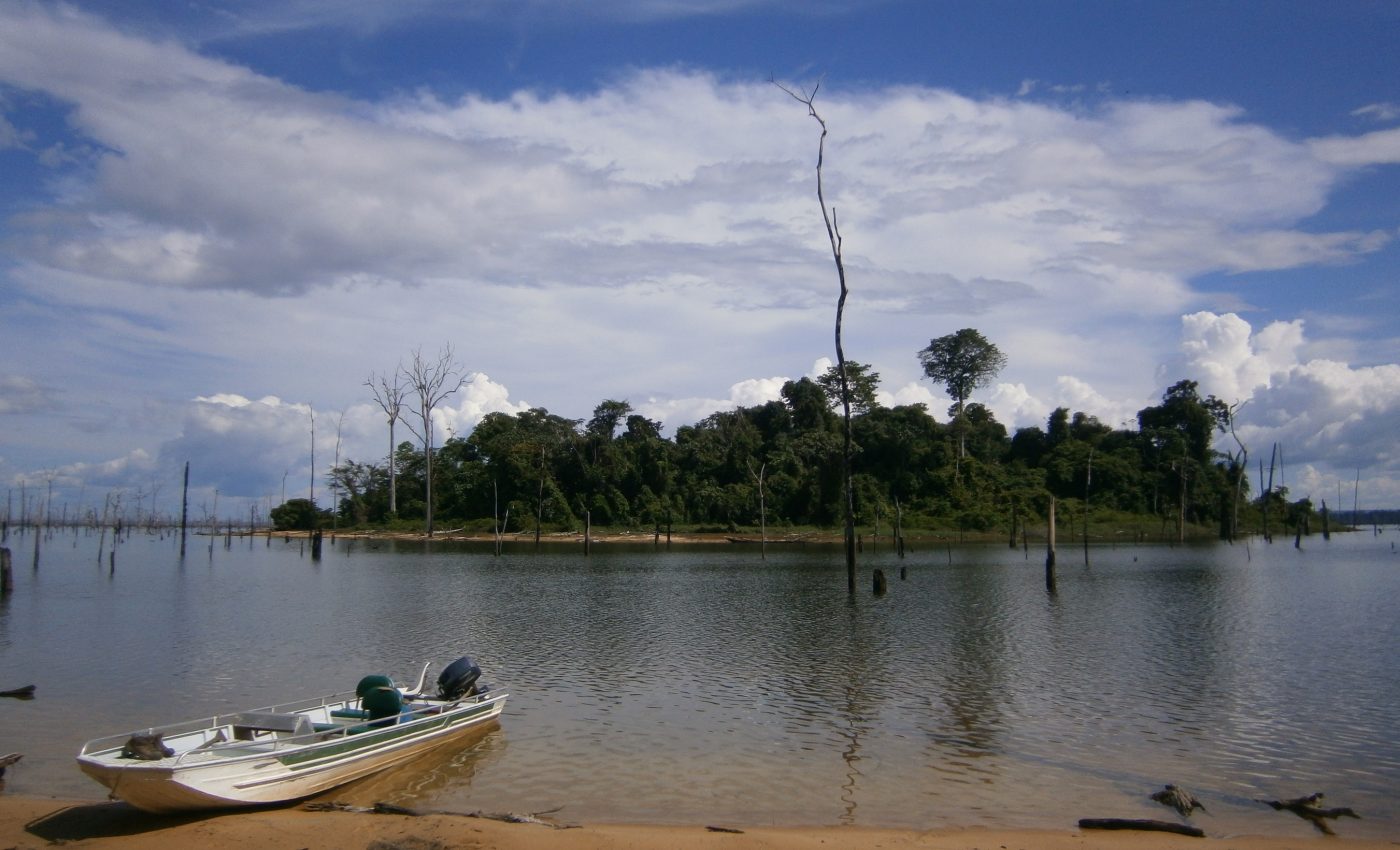
Dams are detrimental to tropical forest biodiversity and function
Experts at the University of Stirling are warning that mega-dams are too damaging to ecosystems and biodiversity in lowland tropical forest regions. The study revealed that the Balbina dam in the Brazilian Amazon was responsible for extensive habitat fragmentation. After the dam closed, the flooding was so severe that hilltops were transformed into islands.
The forest islands that are created during reservoir filling are not even accounted for in the Environmental Impact Assessment and licensing process of dams. Tree communities on Balbina’s islands were found to be unstable, with rare species threatened in isolation. Similar losses in ecosystem functioning could spread across Balbina’s 3,500 reservoir islands.
“Ideally, we recommend that dams should not be constructed in lowland tropical forest regions such as the Amazon basin, due to the far-reaching impacts of river impoundment on aquatic and terrestrial biodiversity,” said study lead author Dr. Isabel Jones. “However, where no alternative is available, we hope to improve the environmental impact procedure and impact mitigation of future dams, by providing robust recommendations regarding dam development and operation.”
When dams are built in tropical regions such as the Amazon basin, significant amounts of greenhouse gases including methane are released. Regardless, dam construction is on the rise throughout the Amazon, with more than 280 new dam projects planned or already underway.
The researchers investigated the long-term impact of dam-induced fragmentation on tropical tree communities isolated by flooding. The goal was to produce recommendations for dam developers and decision-makers that could help to minimize the detrimental impacts associated with dam development.
The study was focused on 36 islands across Balbina, as well as three nearby mainland continuous forest sites.
“Our research found that islands within the Balbina Hydroelectric Reservoir harbored significantly lower densities of adult and sapling trees, compared to mainland continuous forest,” said Dr. Jones. “In other words, tree biomass is being lost on those islands. This is important to know considering the carbon emissions associated with tropical forest loss and degradation.”
“Furthermore, the species composition of saplings was significantly different to those of the relict adult trees on islands, indicating that future tree communities on islands will be very different to those originally there when the forest was continuous.”
“We also showed that the overall composition of tree communities on islands was different to those in mainland continuous forest, which means that island tree communities are changing due to being isolated within the reservoir. Loss of tree species and biomass within these remnant tree communities is largely ignored in Environmental Impact Assessments. We show that the degradation of remnant tree communities on islands is an additional impact of dams, and must be explicitly considered in the planning and licensing of future dam construction.”
The research is published in the Journal of Applied Ecology.
—
By Chrissy Sexton, Earth.com Staff Writer
Image Credit: Isabel Jones













